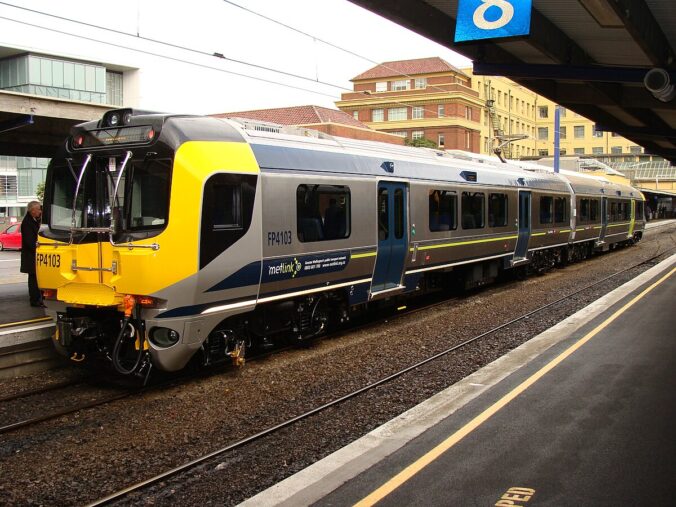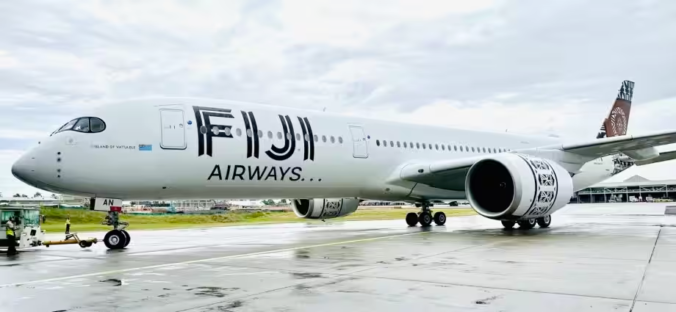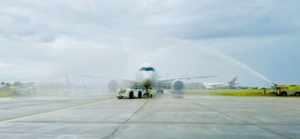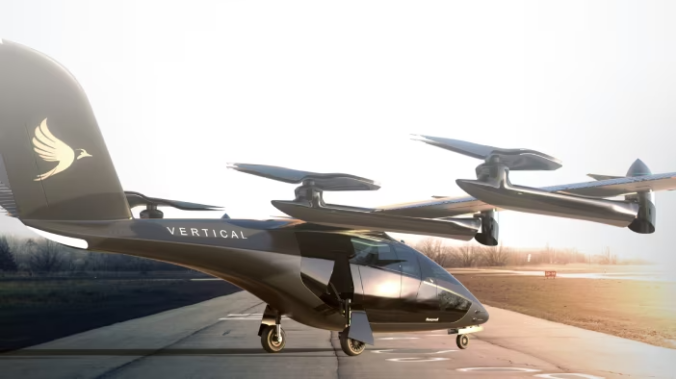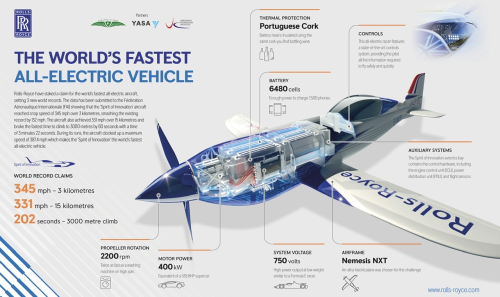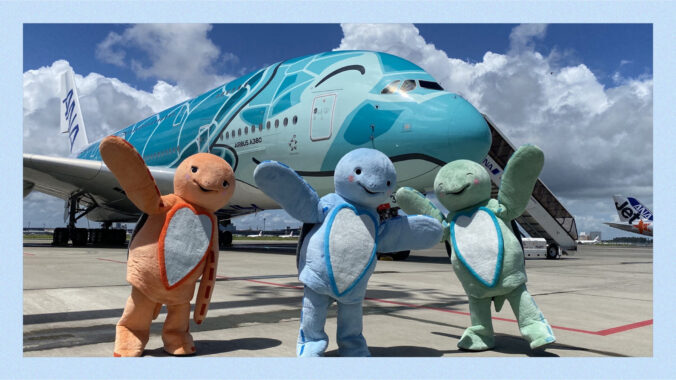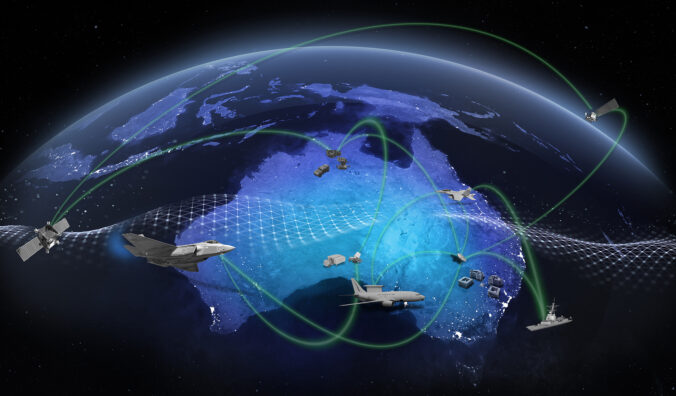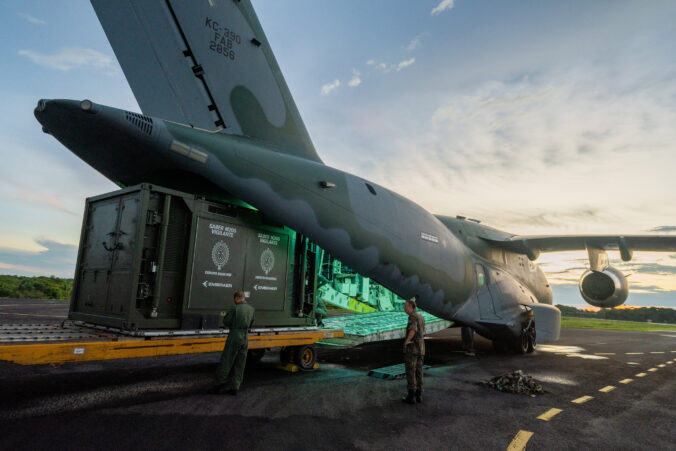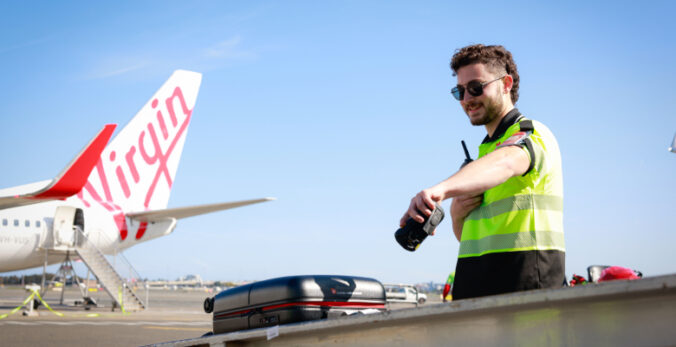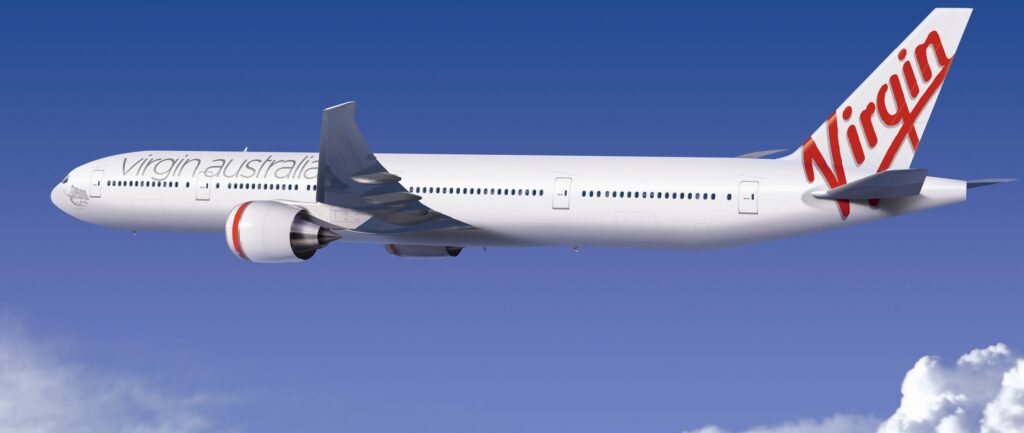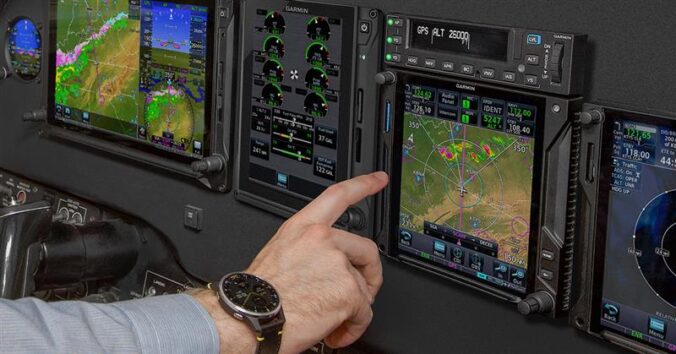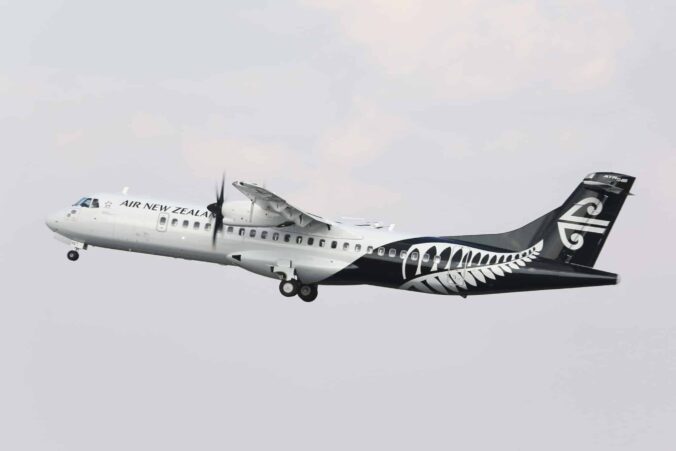Tokyo, Japan, September 4, 2023 – All Nippon Airways (ANA), Japan’s largest and 5-Star airline for 10 consecutive years, is launching a new service in its SAF Flight Initiative, a program dedicated to reducing CO2 emission levels through the use of Sustainable Aviation Fuel (SAF). Through the new service, ANA will extend the SAF Flight Initiative offering to companies that use air cargo to transport and deliver products and provide a solution to visualize and reduce indirect CO2 emissions.
Launched in October 2021, the SAF Flight Initiative is one of ANA’s efforts to work with leading partners across a range of industries by supporting efforts to reduce emissions in the value chain as well as expand the production and use of SAF. Under the current cargo program, the SAF Flight Initiative is offered to logistics and freight companies that have a direct business contract with ANA. The new service will enable companies that use air cargo to transport products based on their track record, including factors like weight, volume and distance of transportation.

With the expansion of the SAF Flight Initiative to air cargo, ANA will continue to contribute to the realization of the environmental goals for participating companies and will promote the use of the SAF in cooperation with our partners.
|
|
||
| How to Join | Enter into corporate agreement with ANA *Details on how to register will be available on ANA’s SAF Flight Initiative website |
|
| Certificate | Issuance of a CO2 reduction certificate verified by a third-party organization | |
| Usage | Substantially reduce CO2 emissions from employee business trips, etc. (Category 6 of Scope 3) | Substantially reduce CO2 emissions from transportation and delivery of goods in the business value chain (Categories 4, 9 of Scope 3) |
| Other benefits | Listing of company name, corporate symbol, etc. as a SAF Flight Initiative partner | |

